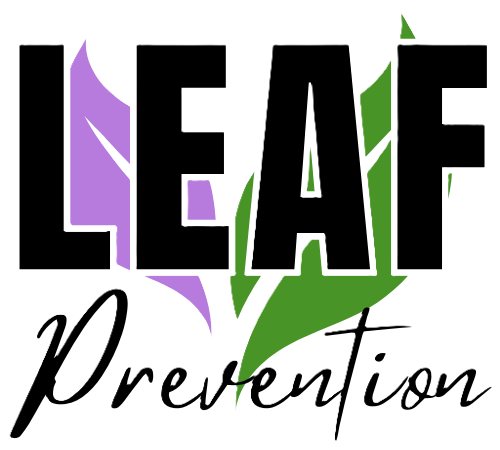

Blog Posts
Opioids of all kinds have addictive properties, but we want to highlight one that poses a particularly high risk: fentanyl. Read on to learn more about this substance.
Fentanyl is a type of opioid substance. Fentanyl is the drug’s name, but it is also sold under several brand names. This substance is available in the form of lozenges, tablets, sprays, patches, and intravenous preparations.
Fentanyl is estimated to be fifty times stronger than heroin. It’s a synthetic opioid often prescribed for severe pain management in a clinical setting.
However, because fentanyl is easy to produce in a lab, a second type of the substance called “illegally made fentanyl” has surfaced in the illicit drug market. This type of fentanyl is often mixed with other drugs, such as heroin, cocaine, and methamphetamine, according to the CDC.
The risk for adverse reactions and overdose increases when a person is not aware that their substances also contain an unregulated amount of fentanyl. Illicitly made fentanyl has become one of the most common drugs associated with overdose deaths.
Like other opioid drugs, fentanyl interacts with receptors in the brain that trigger a sense of reward.
However, using fentanyl—or any opioid—trains the brain to quickly adapt. As a result, the brain becomes less able to feel pleasure and reward from anything but the drug.
This sets up a pattern that leads a person to take more opioids, which can cause physical and psychological dependence.
Fentanyl’s specific side effects can include:
Overdosing on fentanyl can happen when a person takes too much. Unfortunately, this can be easy to do because of fentanyl’s potency.
Overdose often leads to slowed breathing and hypoxia, a state in which the brain does not get enough oxygen. CDC warns that hypoxia “can lead to a coma and permanent brain damage, and even death.”
Opioid use disorder is a difficult disease, but many treatments are available. Individuals who have a fentanyl addiction can talk with their doctor about medications that may help reduce withdrawal symptoms and cravings.
Therapy and counseling can also help an individual break the cycle of opioid use and support the journey to recovery.
If you or someone you know has questions about fentanyl, please contact a LEAF staff member at (607) 432-0090. We can connect you with the resources you need to get help.
Drug Enforcement Administration, Diversion Control Division, and Drug & Chemical Evaluation Section. January 2023. “Fentanyl.” https://www.deadiversion.usdoj.gov/drug_chem_info/fentanyl.pdf.
“Fentanyl DrugFacts.” March 3, 2023. National Institute on Drug Abuse. https://nida.nih.gov/publications/drugfacts/fentanyl.
Katz, Josh, Margot Sanger-Katz, and Eileen Sullivan. October 5, 2023. “Some Key Facts About Fentanyl.” The New York Times. https://www.nytimes.com/2023/10/05/upshot/fentanyl-opioids-mexico-explainer.html?searchResultPosition=2.
https://www.cdc.gov/stopoverdose/fentanyl/index.html